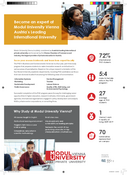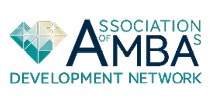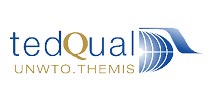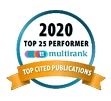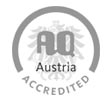Doctorate in Business and Socioeconomic Sciences
Technology-based Observation and Forecasting of Economic and Societal Trends
There is a gap between rapidly growing greenhouse gas emissions and many government's ‘aspirational’ emission reduction targets. Air travel is the most important subsector of the transportation industry generating green house gas in international tourism. Research has been proposed to analyze the composition of international tourism markets arriving by air and their respective contribution to emissions at country level (Stefan Gössling, Daniel Scott, Michael Hall (2015), Inter-market variability in CO2 emission-intensities in tourism: Implications for destination marketing and carbon management, Tourism Management, 46, 203-212). Students are asked to submit proposals extending this research for estimating CO2 emissions of travel and tourism based on travel flows and distances to the urban tourism sector in Europe.
The tourism management information system TourMIS (www.tourmis.info) is a collaborative database and group decision support system. TourMIS includes information on tourism flows from 60 different markets in more than 100 European cities. PhD candidates are invited to propose and evaluate a hybrid model which combines the data from TourMIS with findings from various visitor surveys in order to estimate the direct economic impact (tourism receipts) generated by city tourism in Europe.
Implementation of a Linked Media System: Linked Media refers to the typed interlinking of media assets in a collection according to the semantics of their associations. The student would draw on prior research in semantic multimedia and knowledge graphs to (i) define a conceptual model for a Linked Media system and (ii) provide a proof of concept implementation which supports browsing and combining videos in a collection. The research area remains one ripe for significant contributions which can help also support future research and industrial application on better managing and re-using large media collections and building new services for media discovery and playback.
Named Entity Recognition in Speech-to-Text Transcriptions: The domain of NER has long based its implementations and evaluations on classical text document collections such as news articles or tweets. The textual output of speech-to-text systems on the other hand tend to be error prone and mistranscribe certain phonetics of speech depending on presence of background noise and the spoken accent/dialect. The student will combine an understanding of phonetics and NLP to define a new approach to NER attuned to the particularities of this textual input. - Annotation of video content relies, among other things, on subtitles/transcripts. Commonly these are only available in automatically produced forms, where state of the art NER systems perform poorly because they are trained on "regular" text. Providing a solution to this would open up the possibility of more accurately annotating larger video collections.

